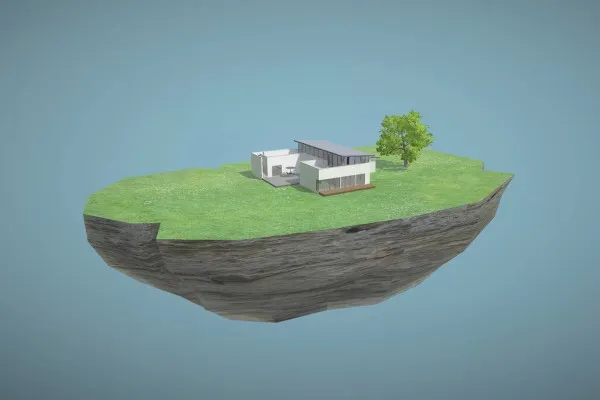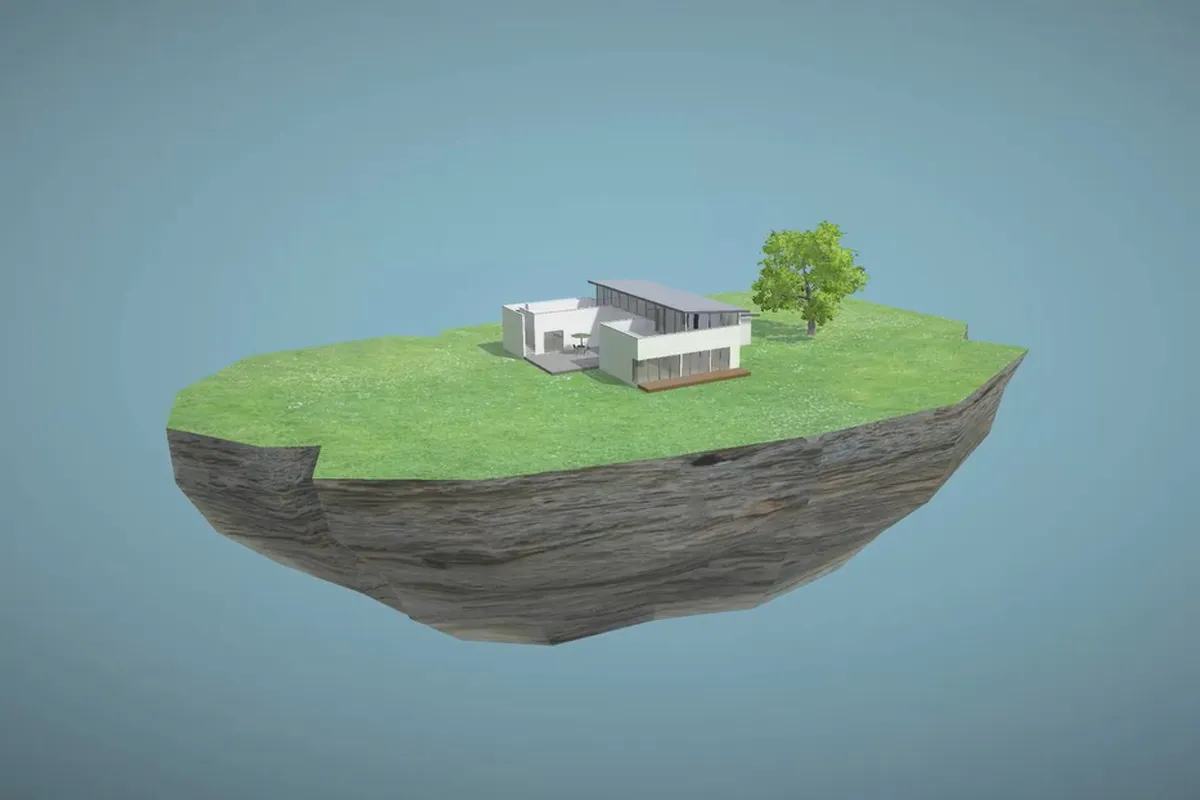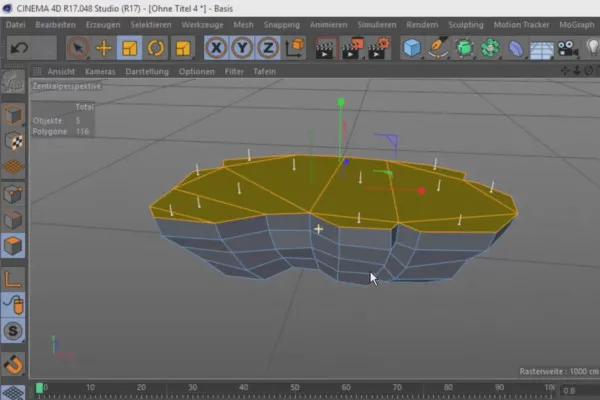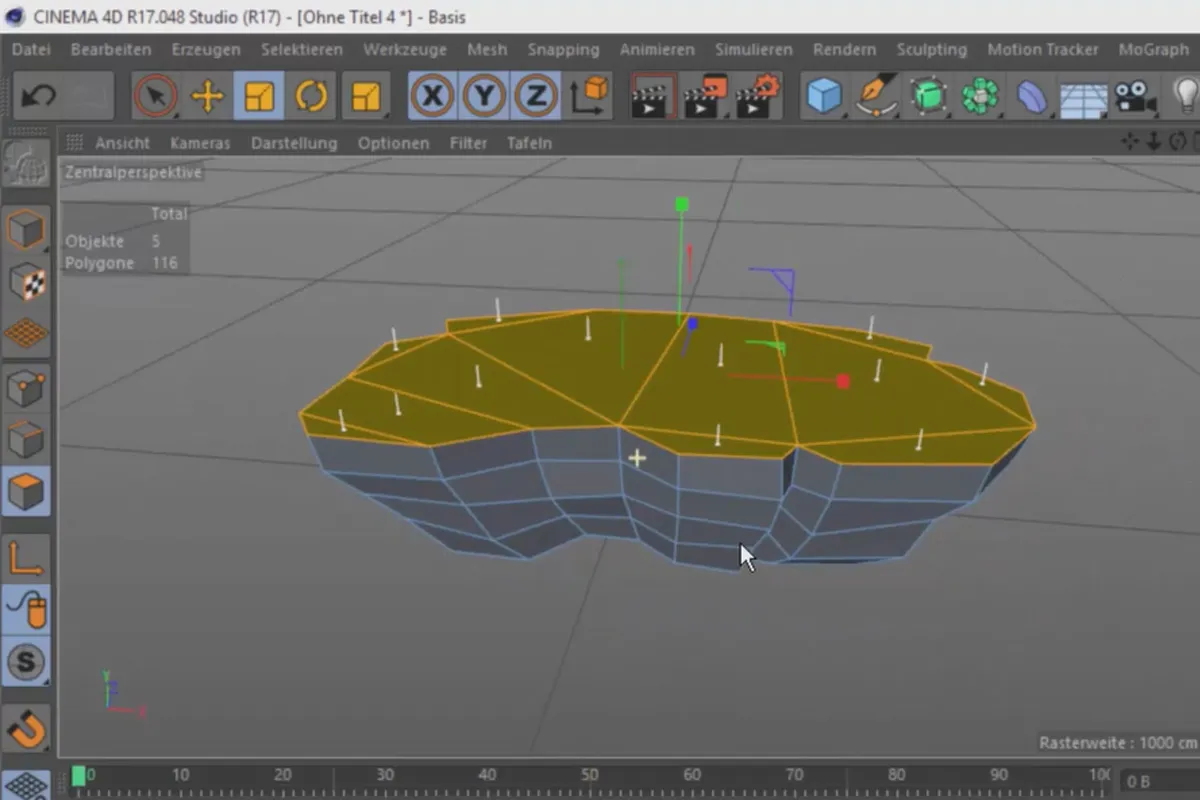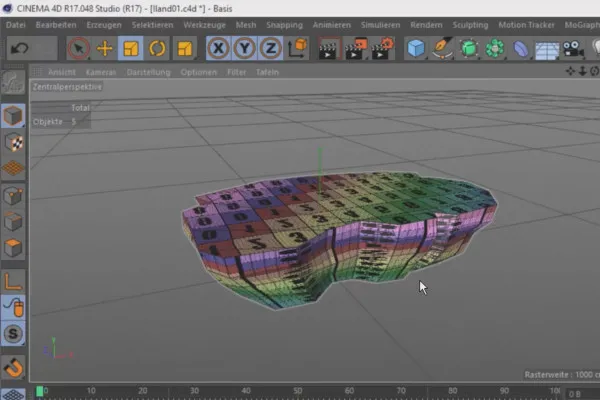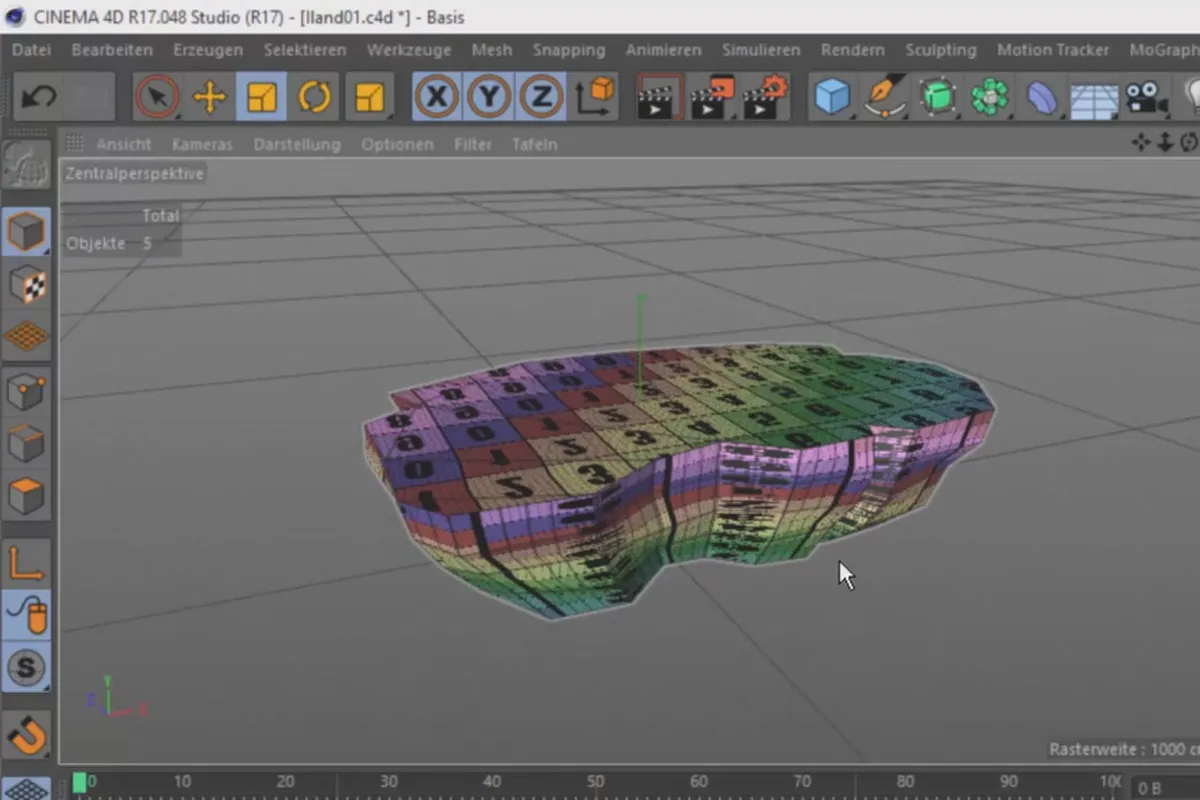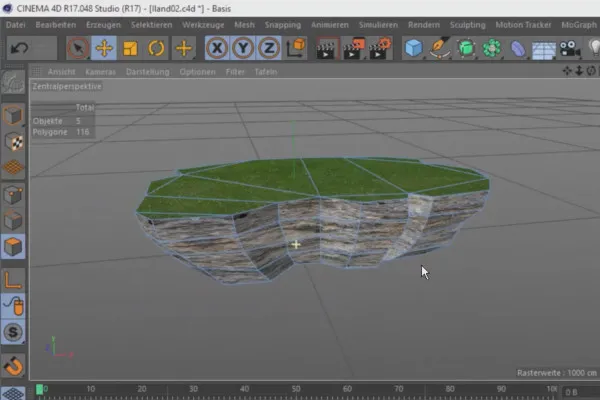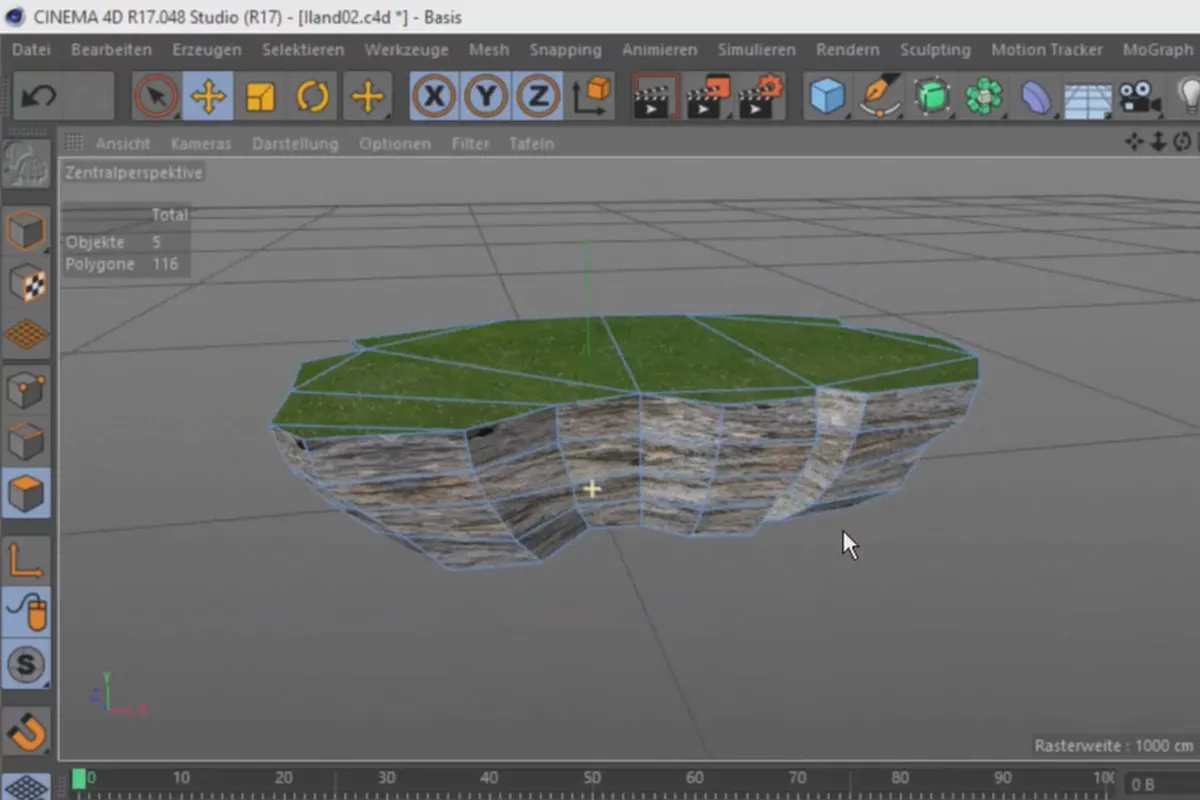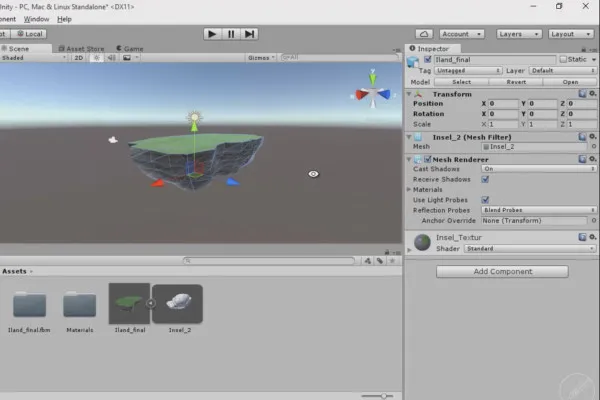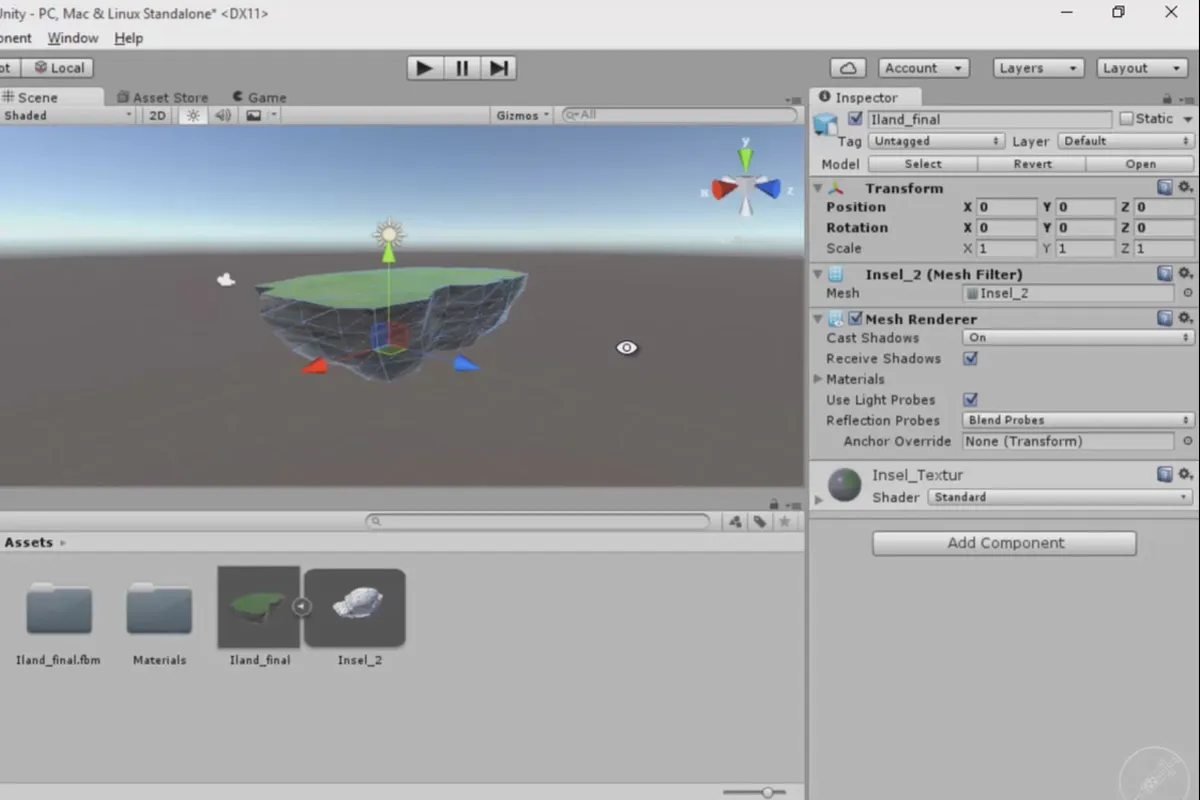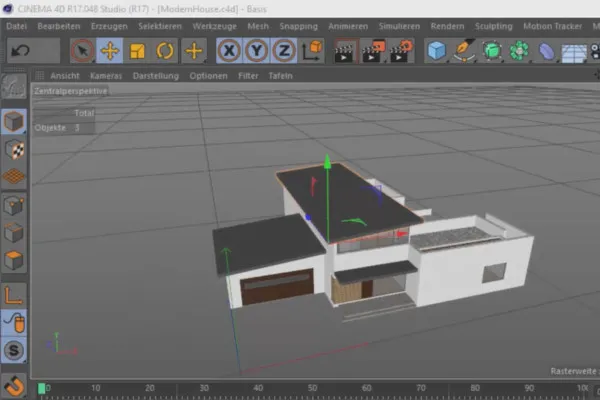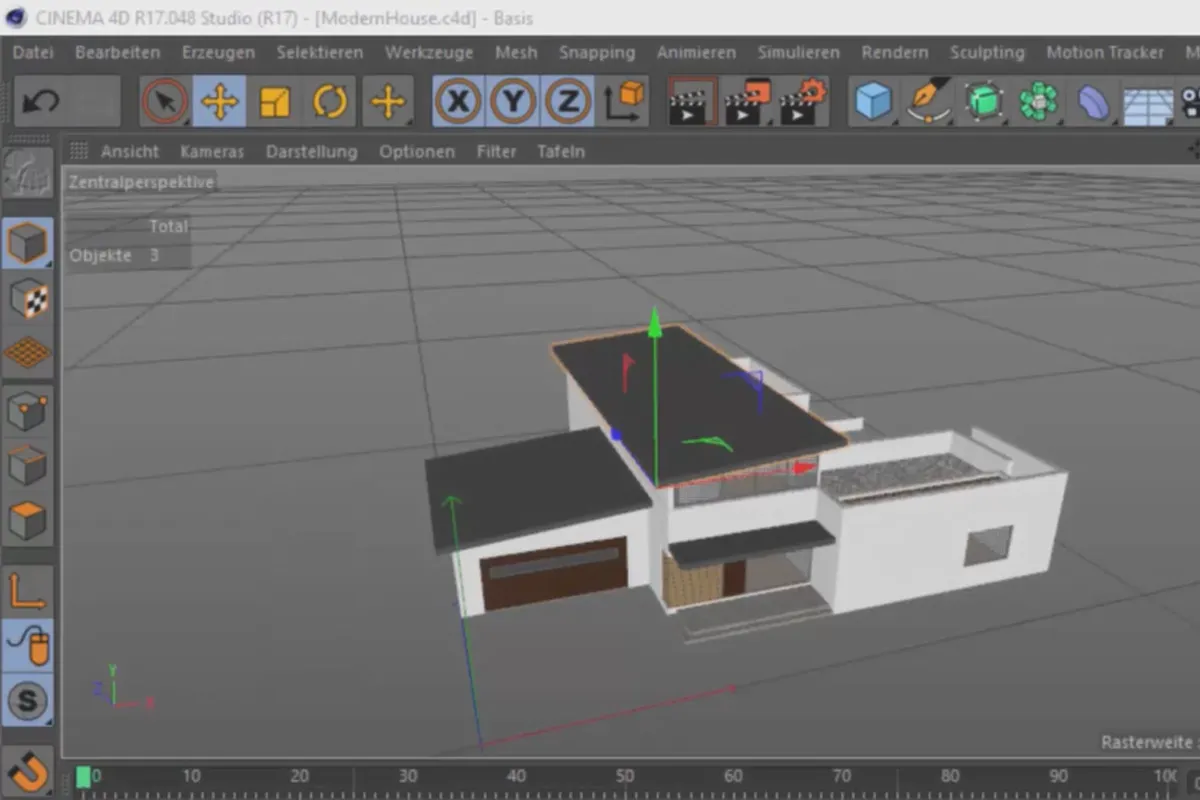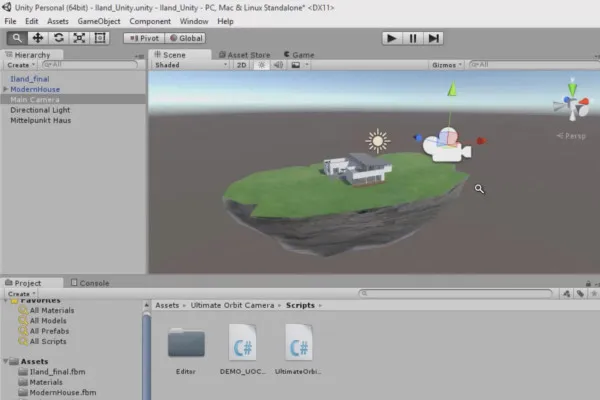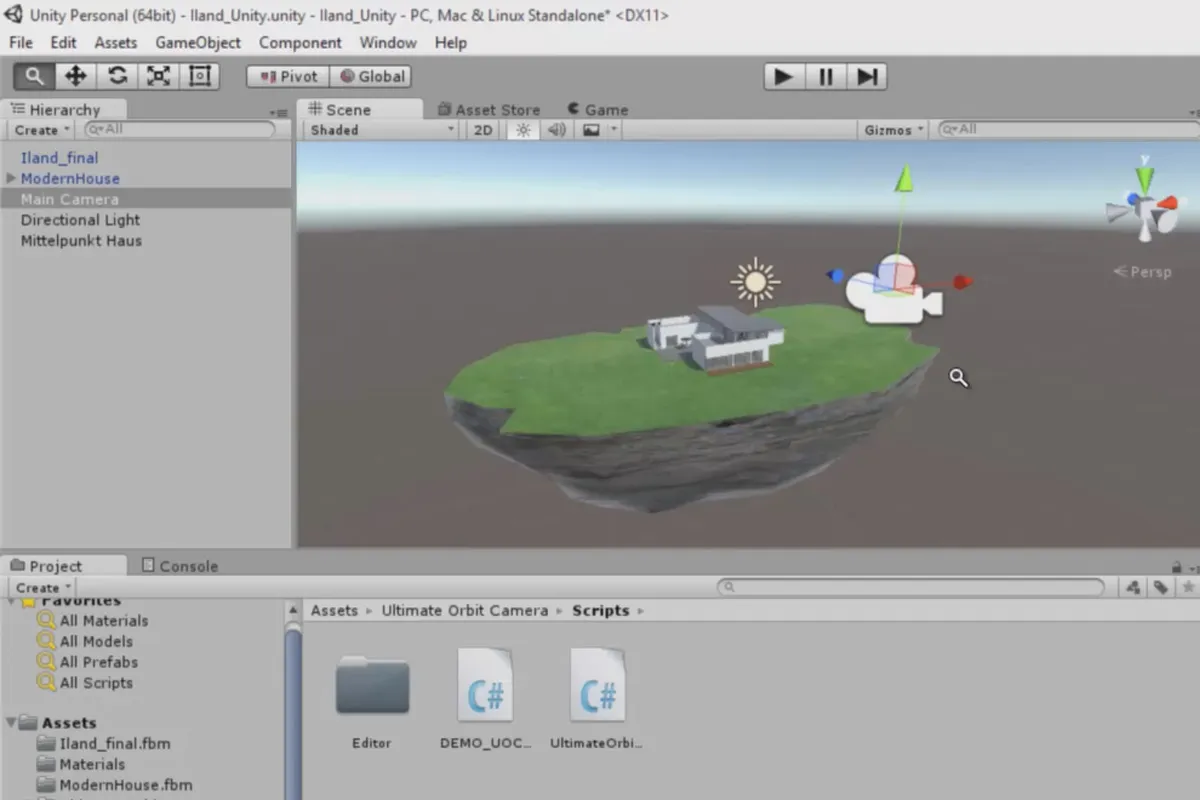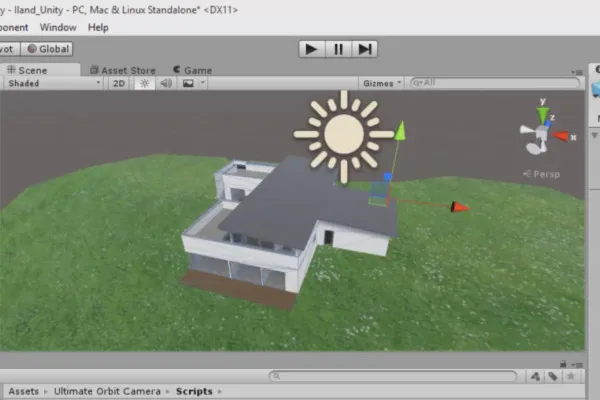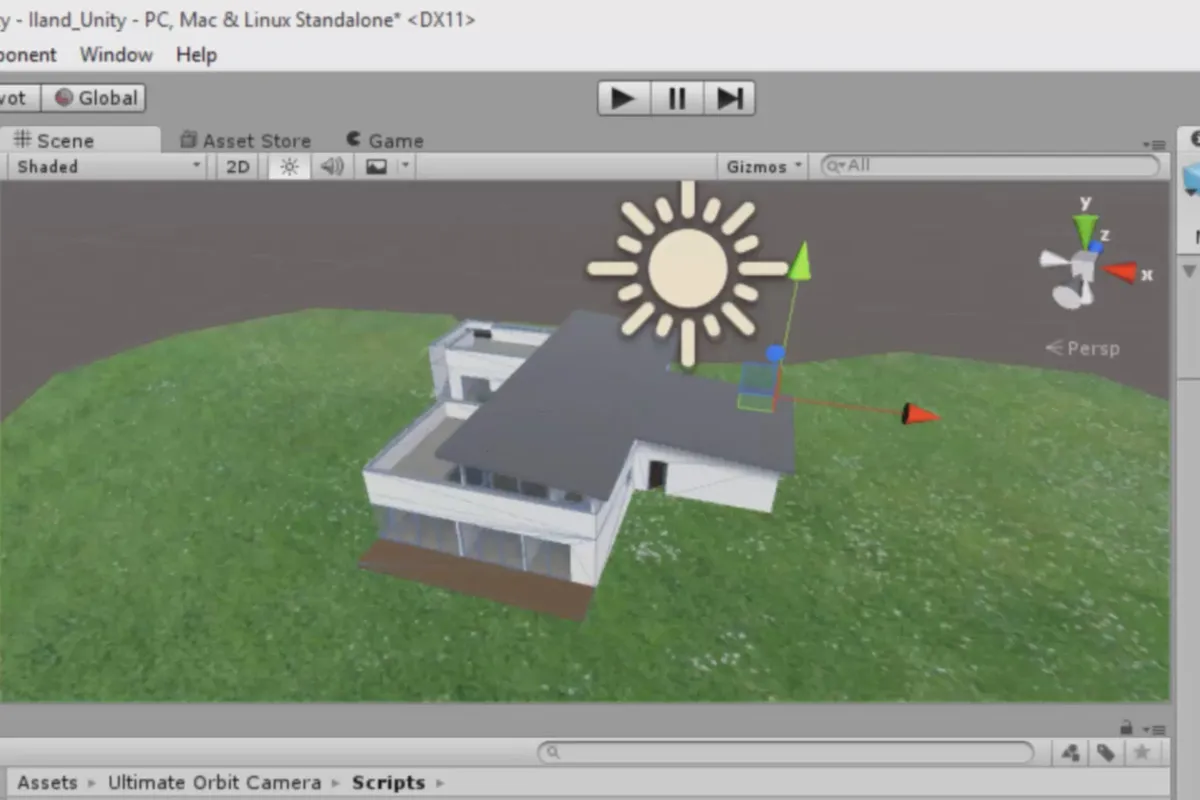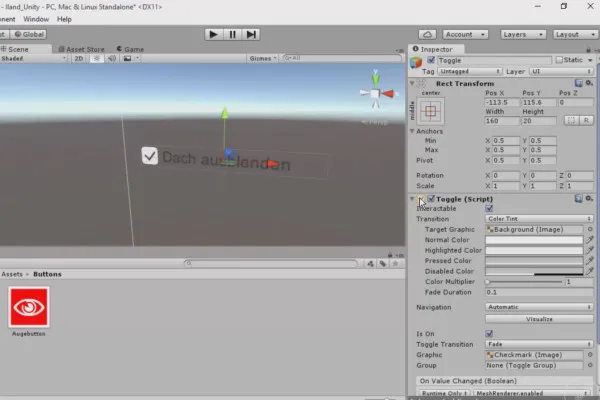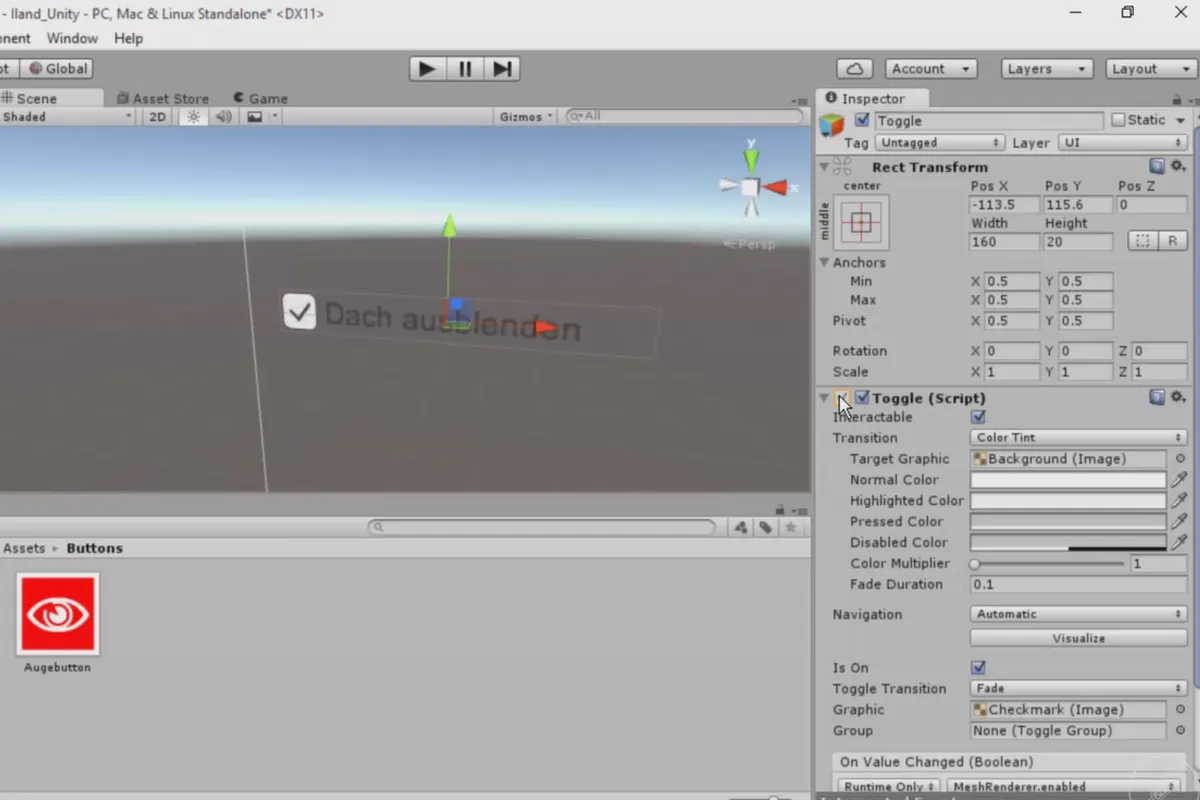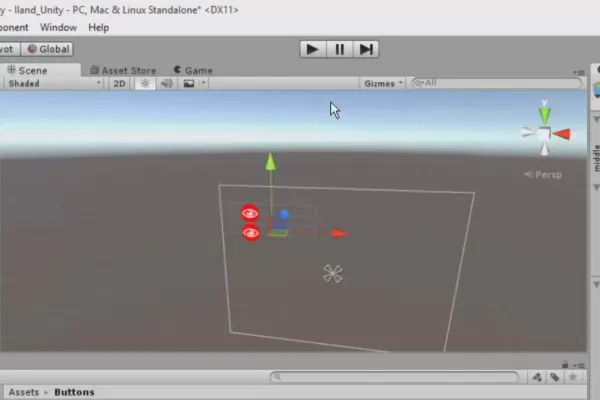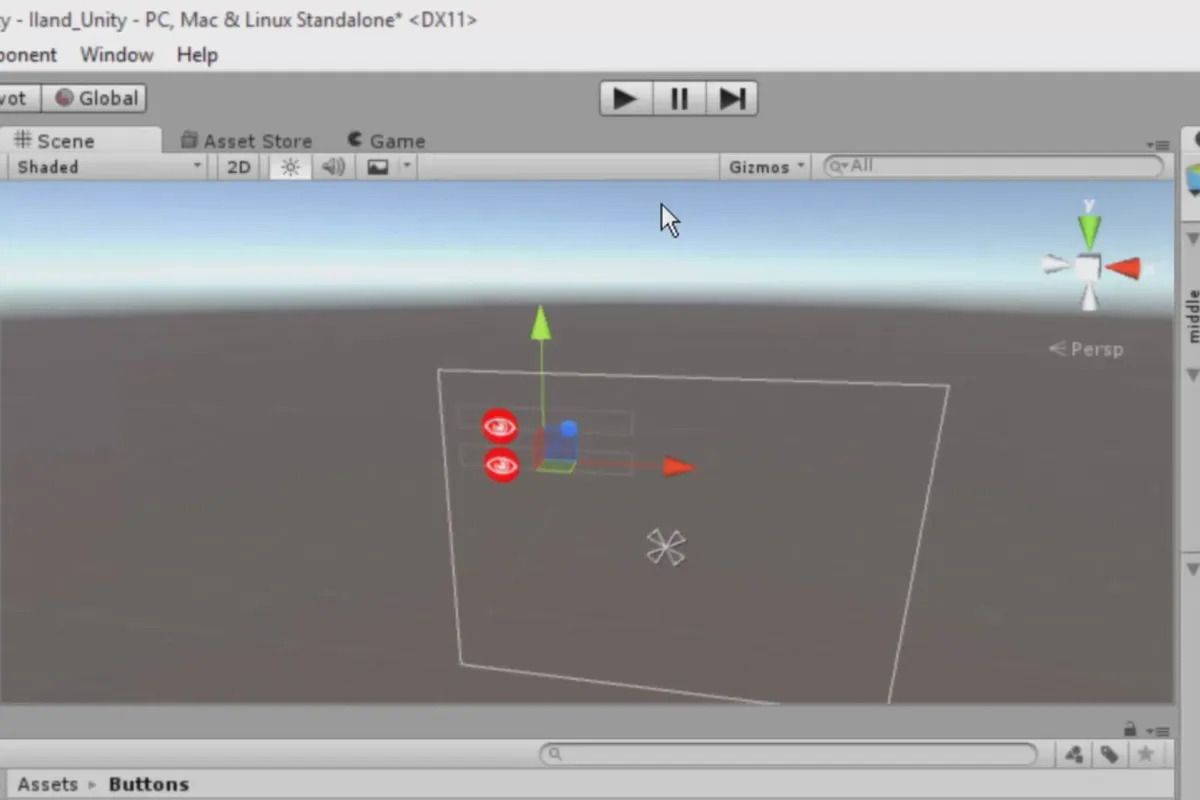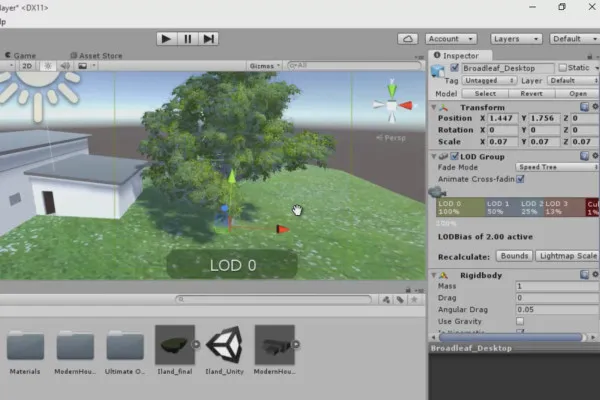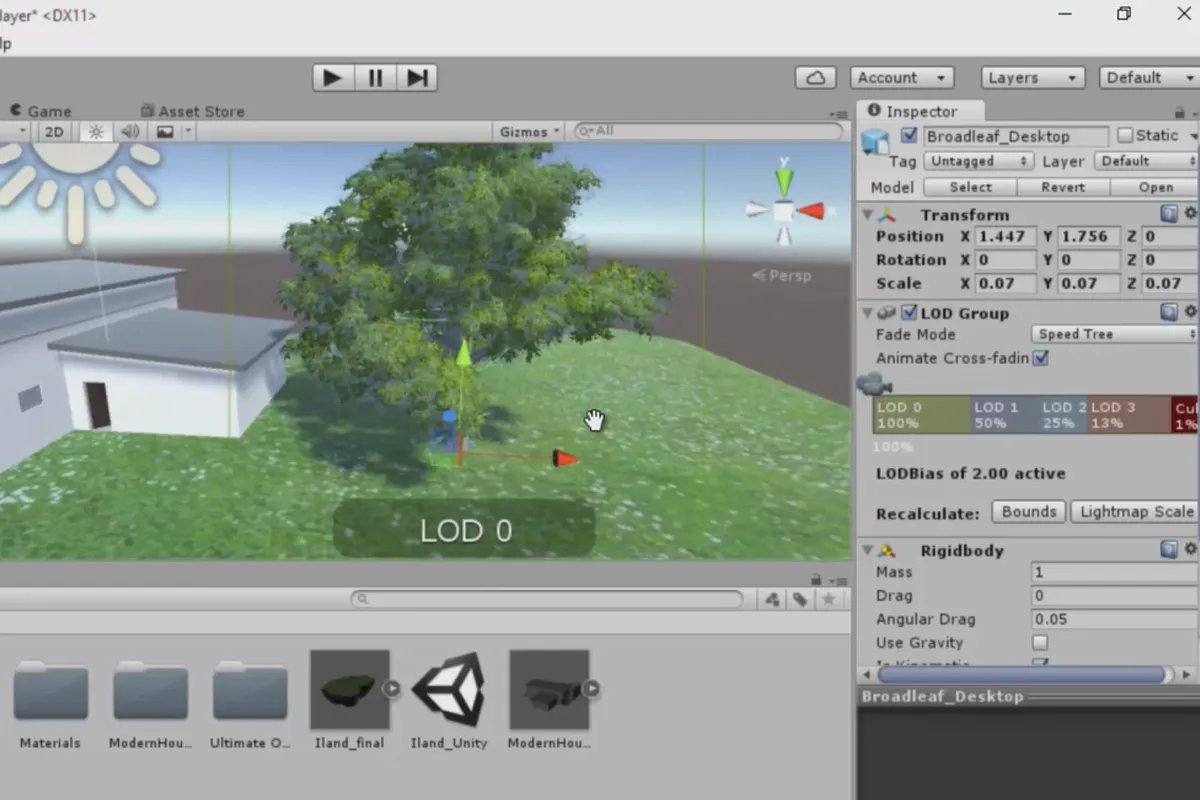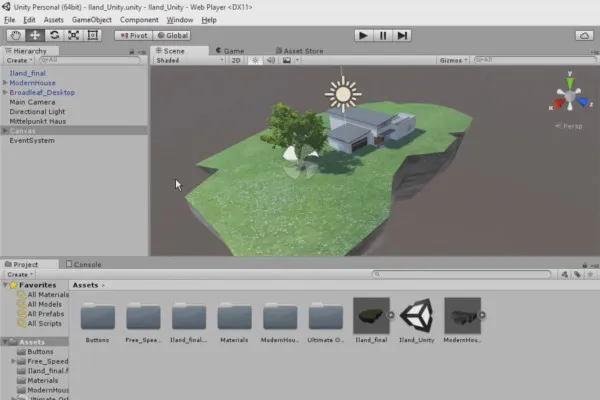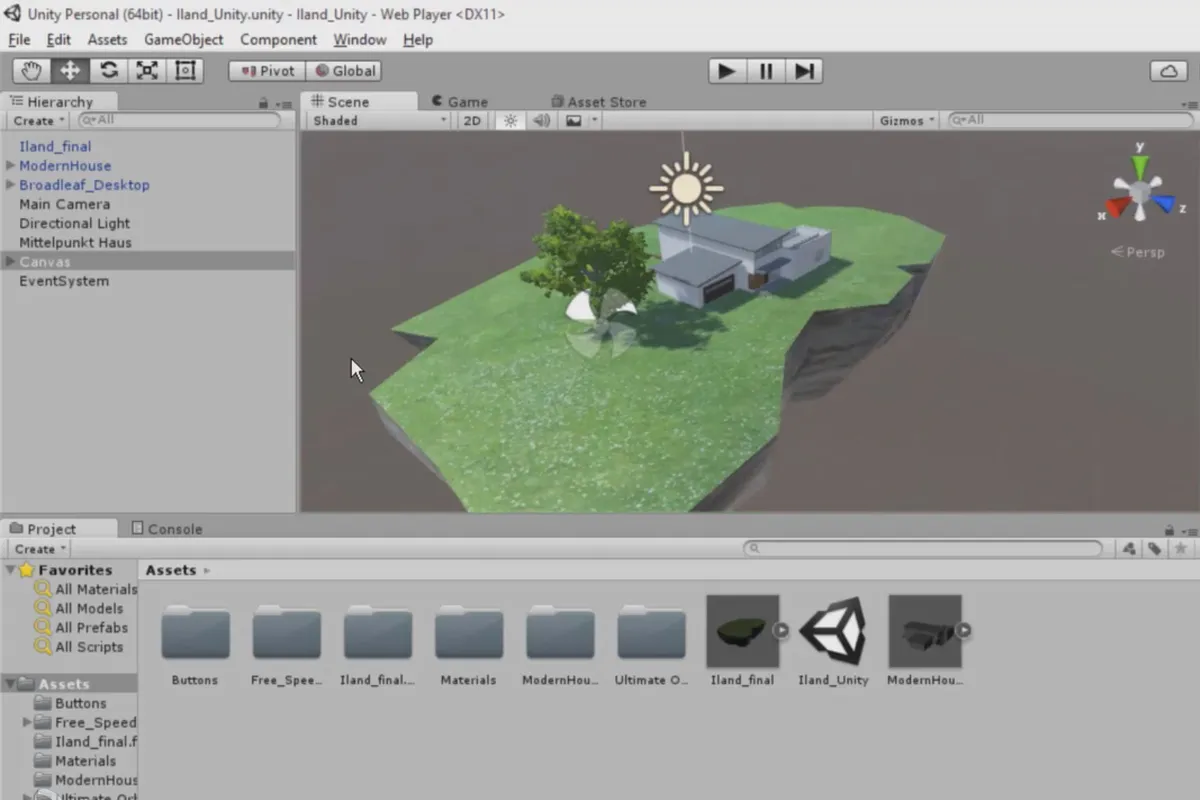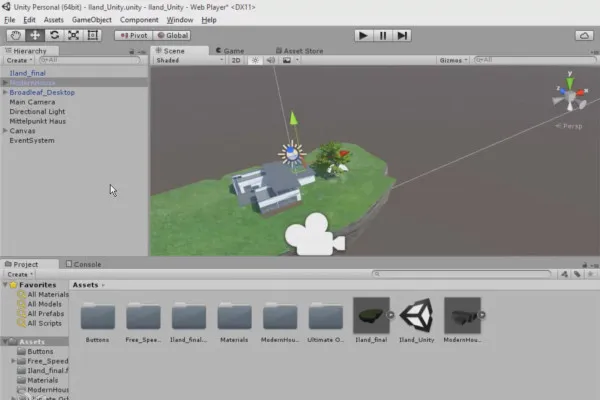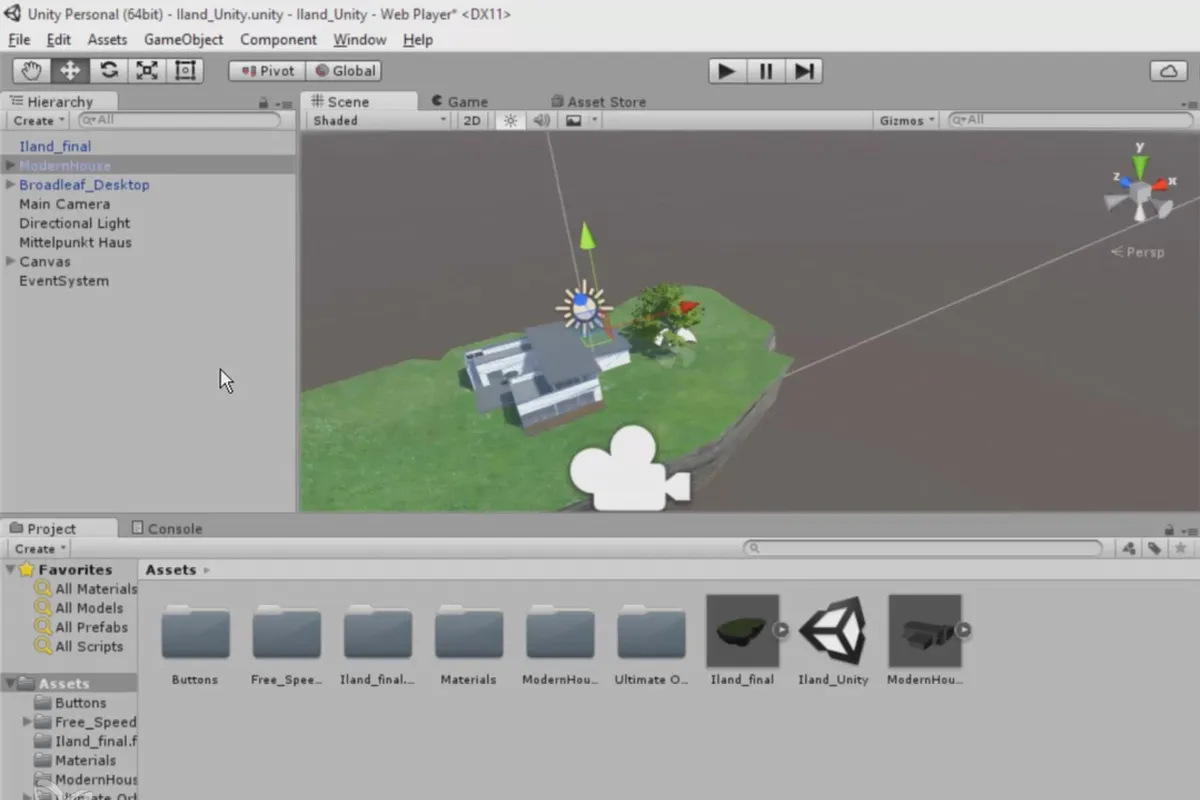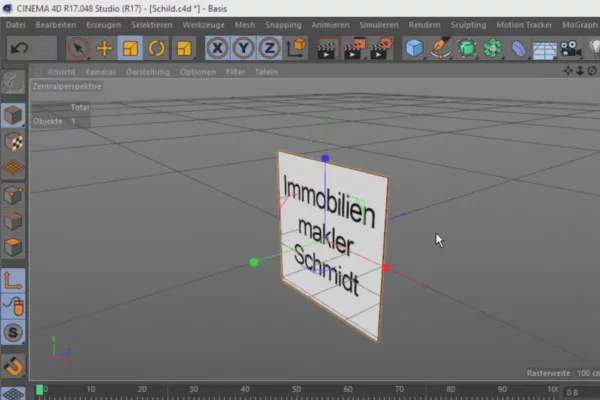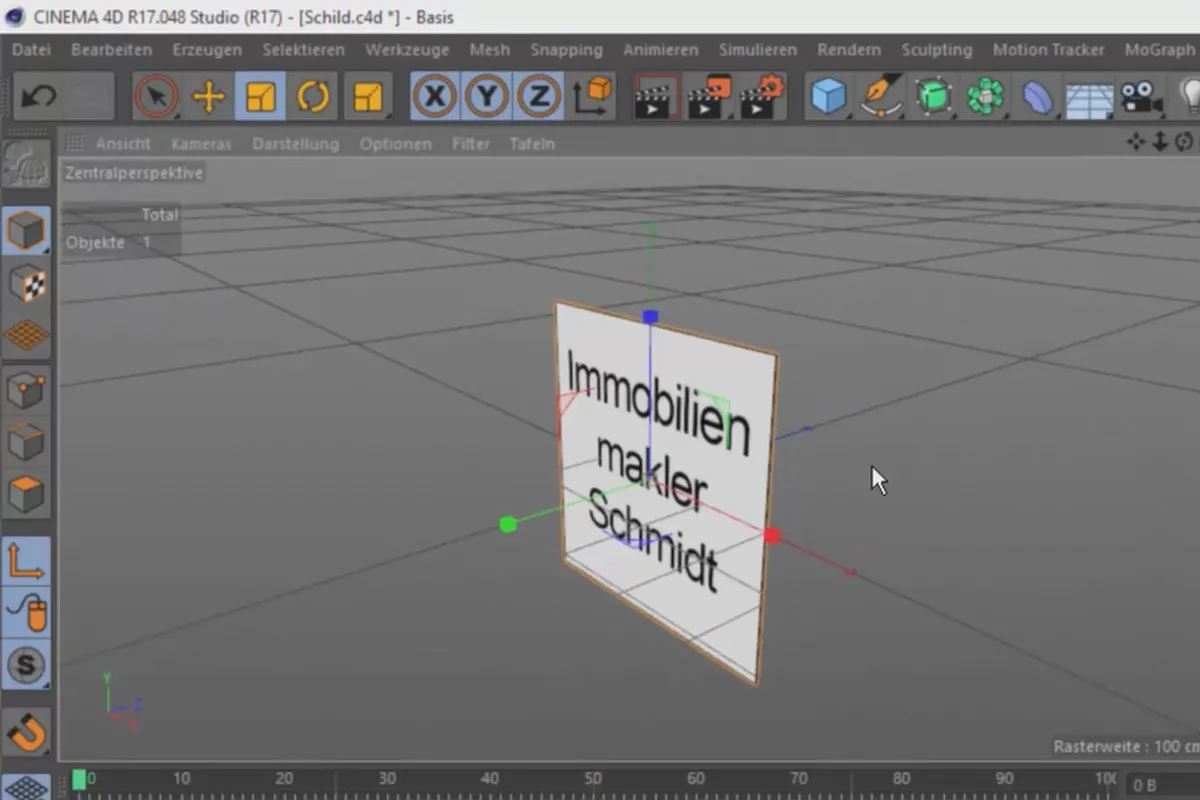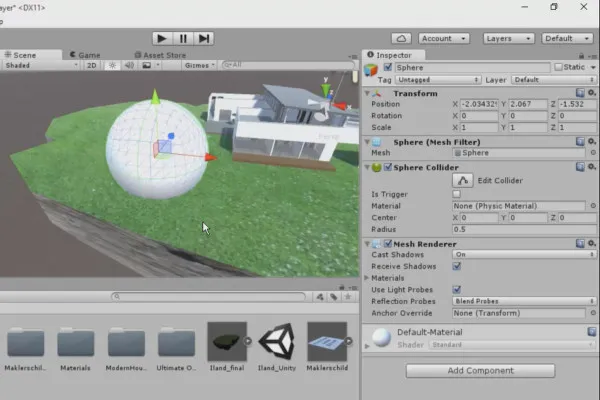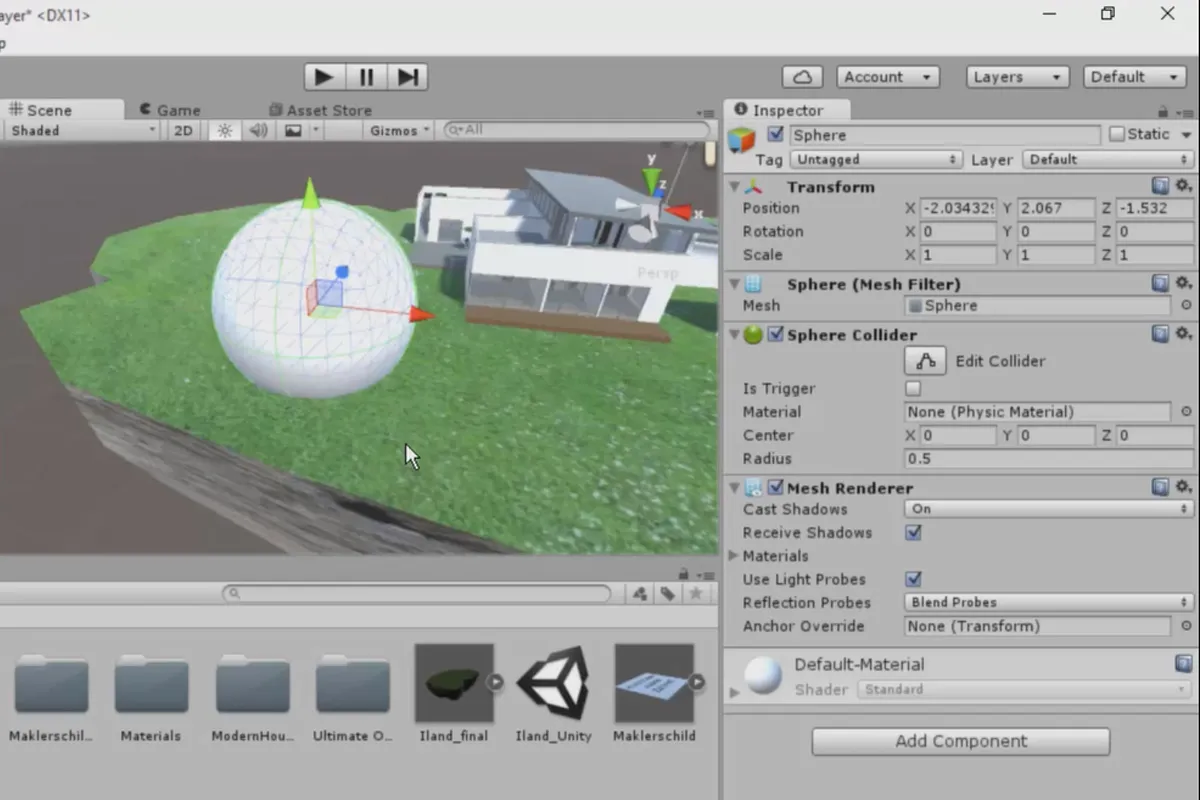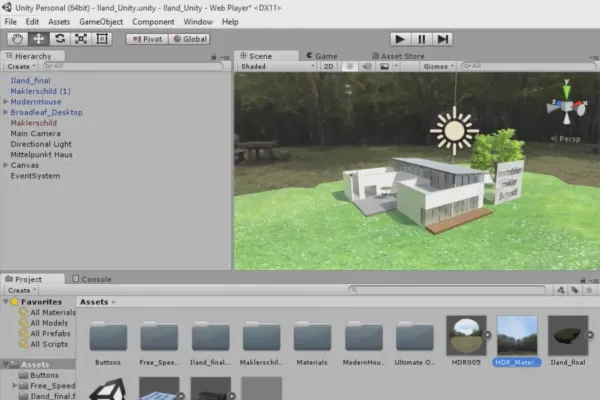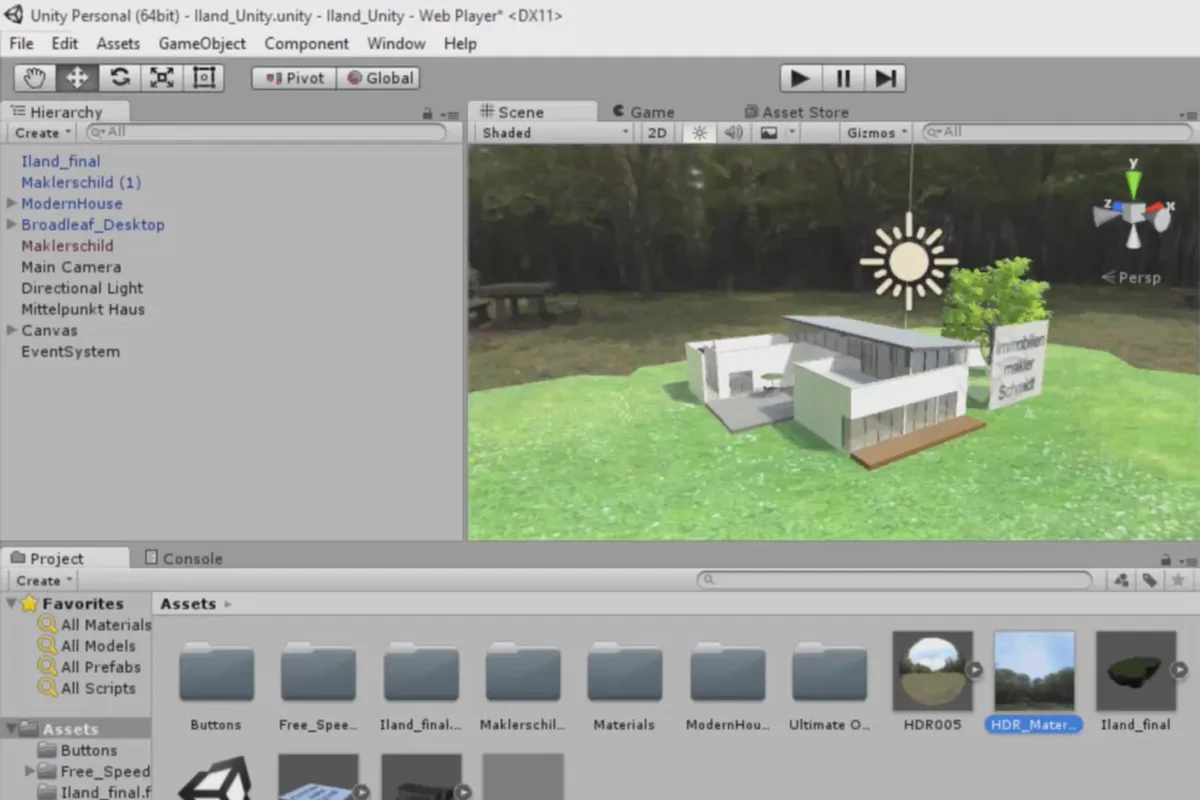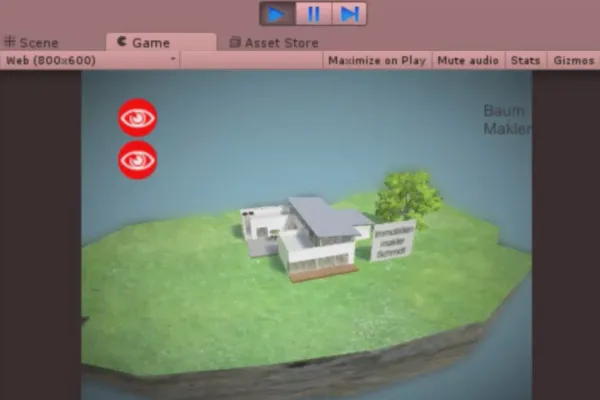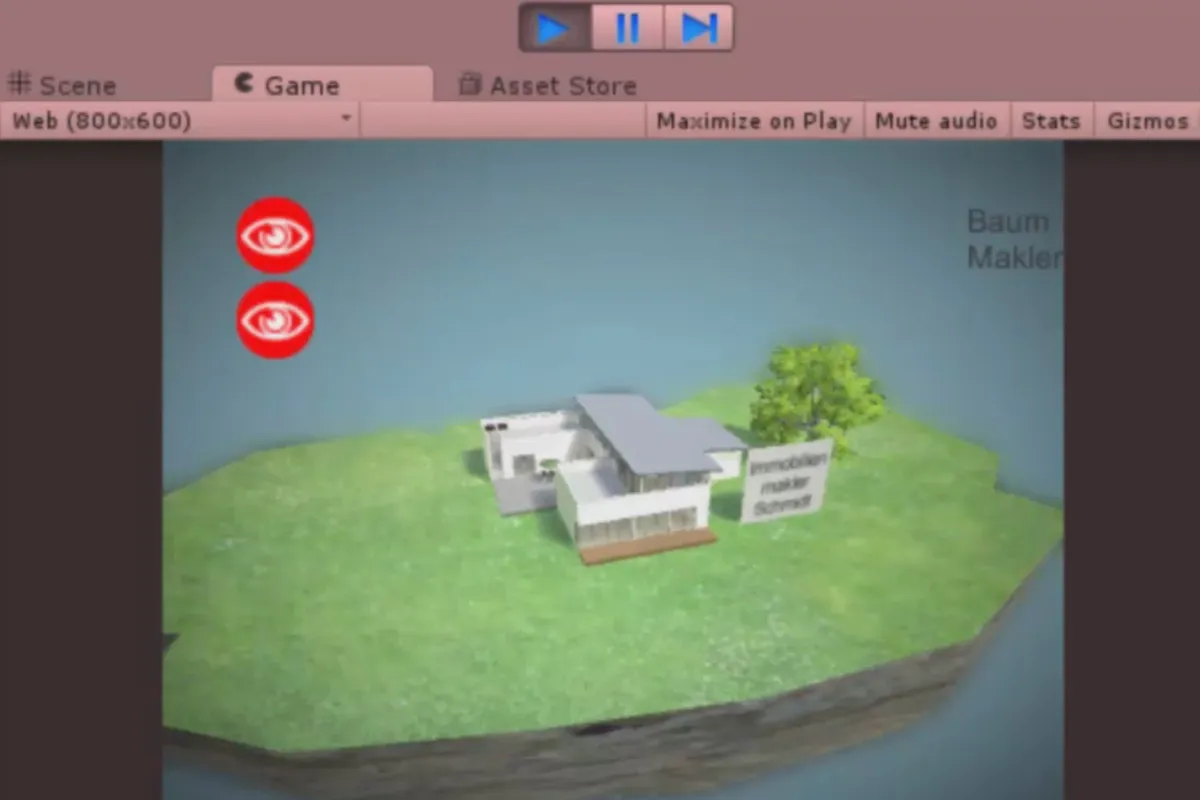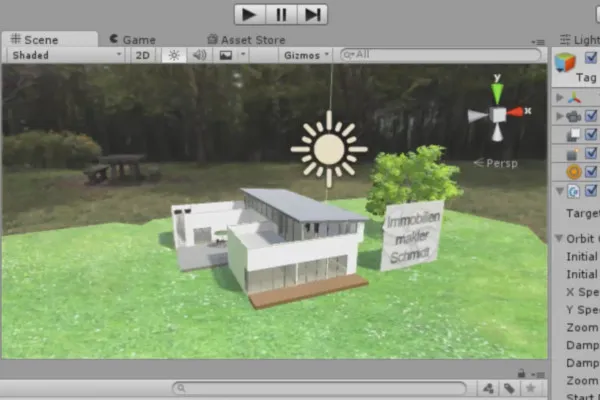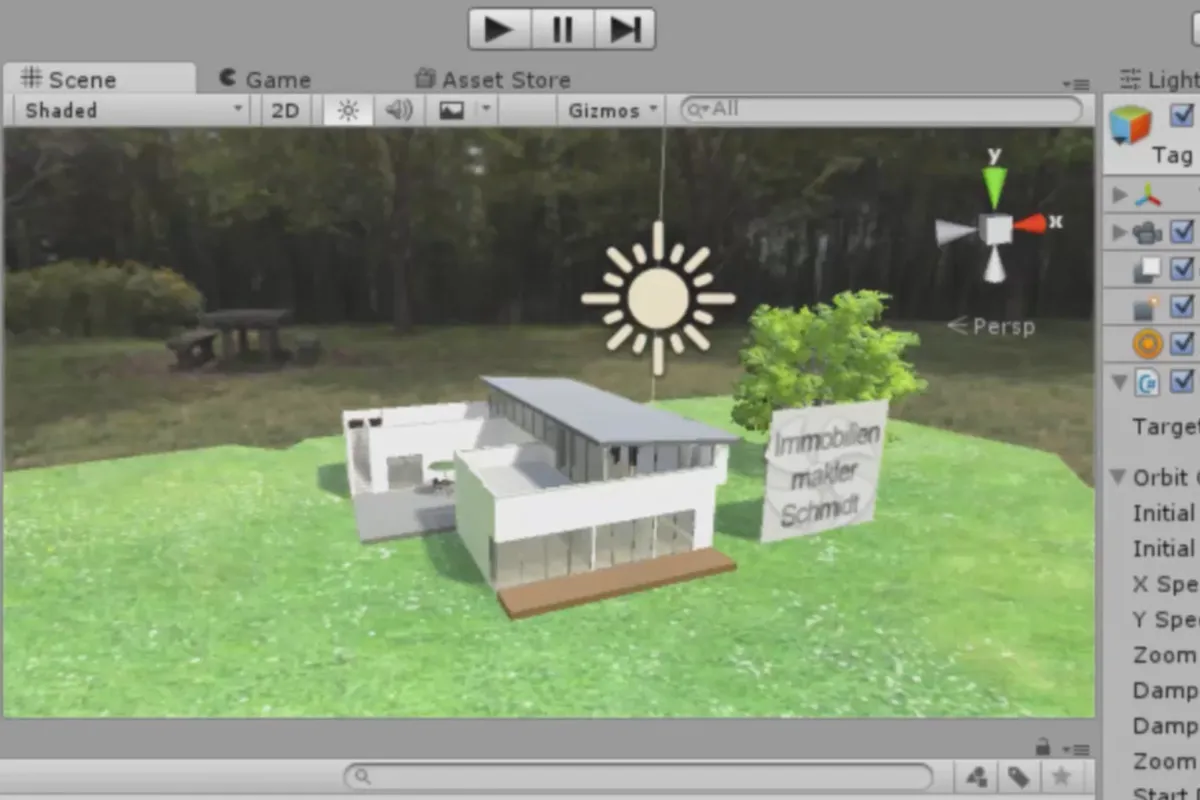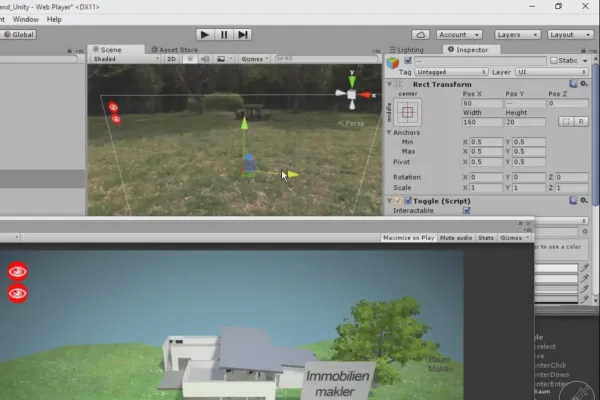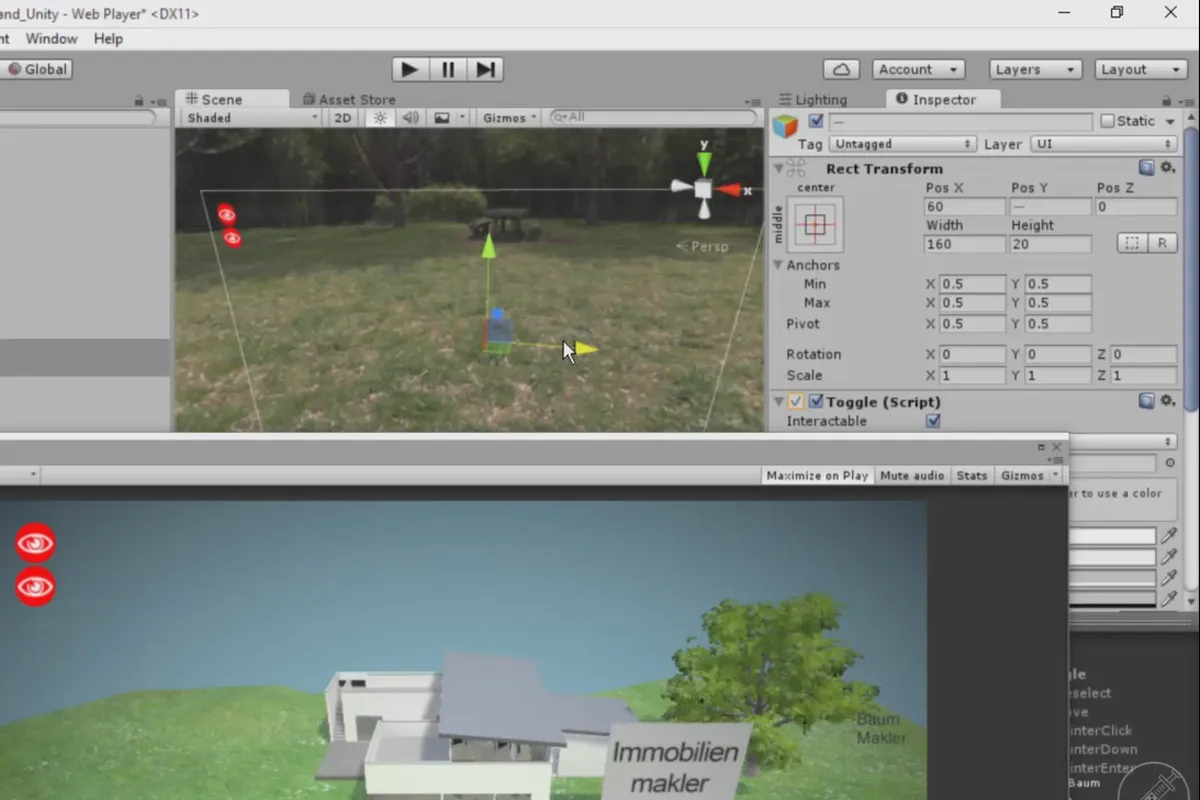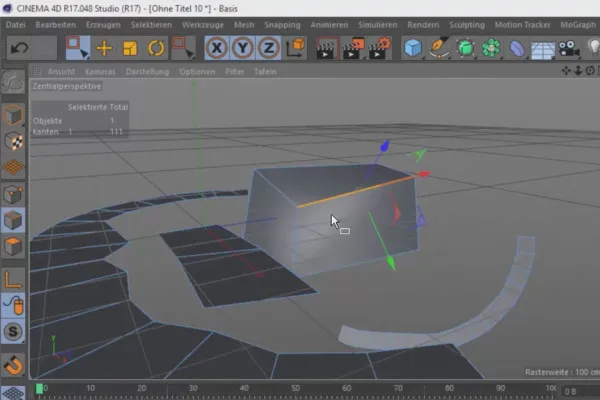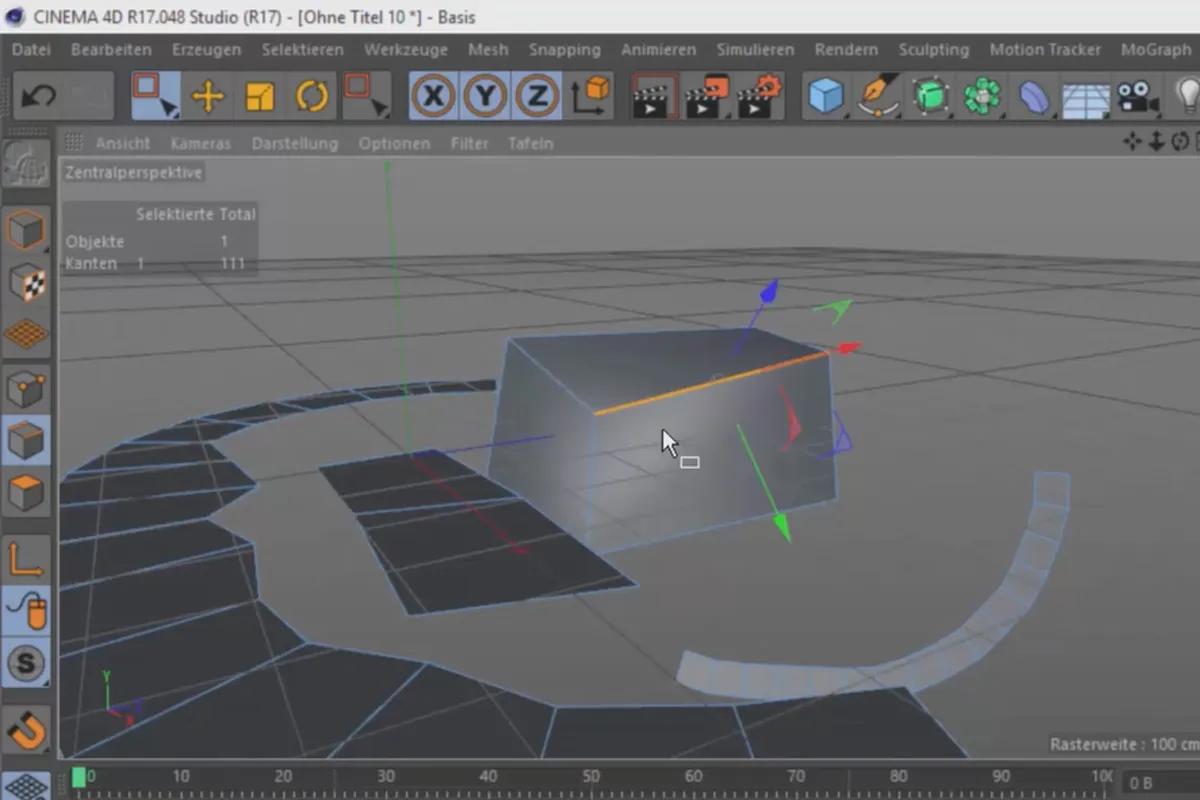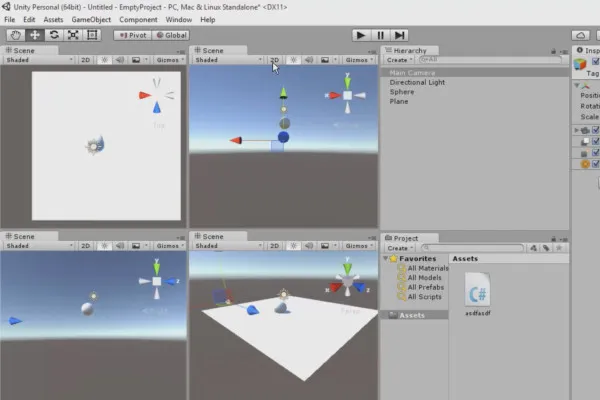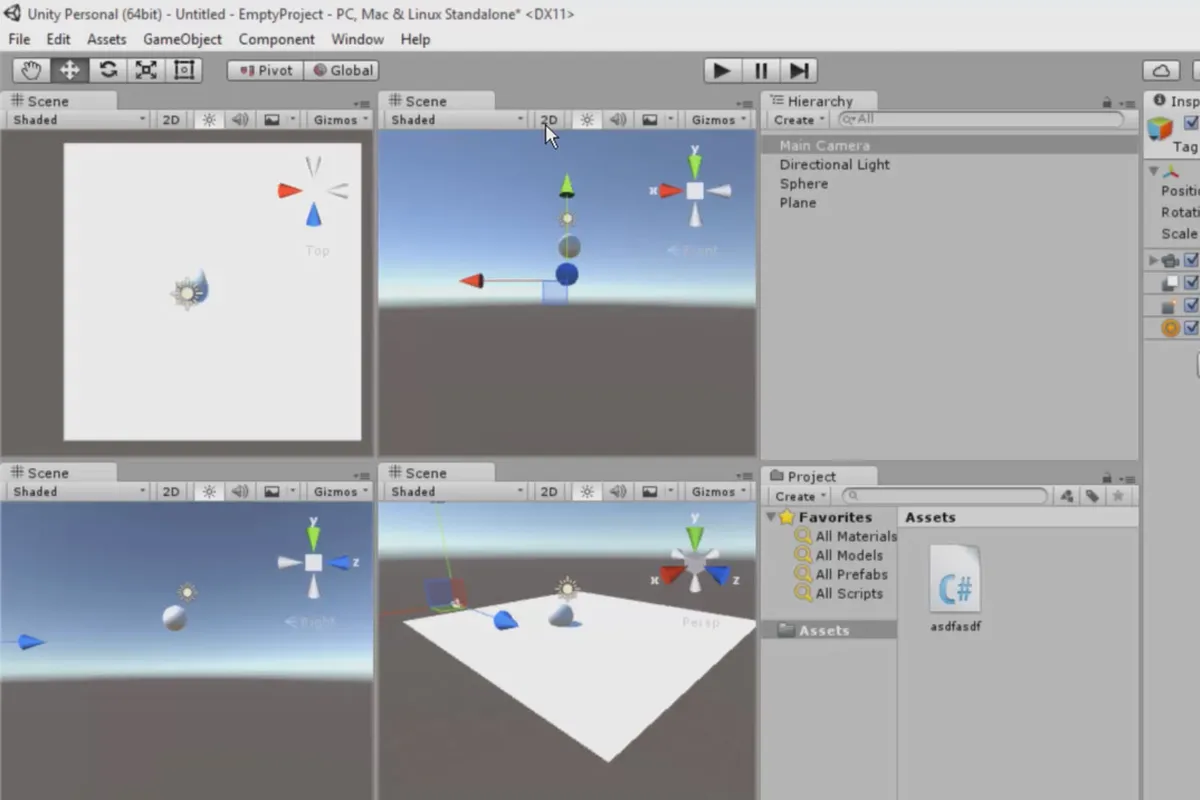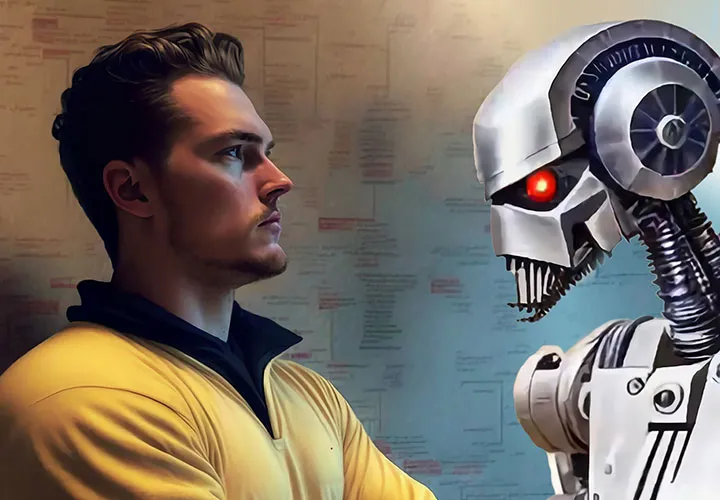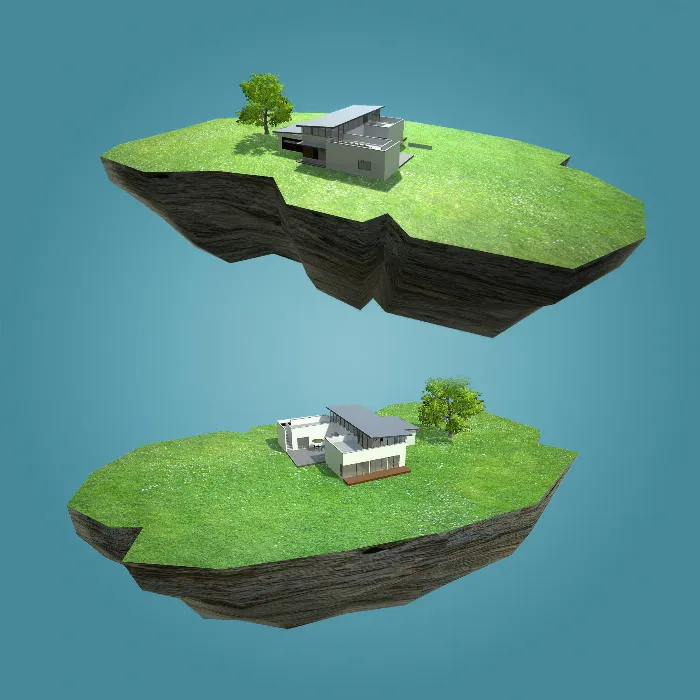
360° architecture views with Unity and Cinema 4D
Illustrate and visualize even before the first brick has been laid. In this course, 3D artist Andreas Fülscher will show you an efficient process for creating interactive views of buildings or other products. Viewers can zoom into the models, rotate them 360 degrees and switch individual elements such as roofs or imported trees on and off - all from the browser. In a video tutorial lasting over 2.5 hours with 21 lessons, you will learn how to prepare objects with 3D software such as Cinema 4D and then add interactive elements to them in the Unity development environment.
- 21 lessons in over 2.5 hours of video training on the interactive visualization of 3D objects
- Get to know efficient processes to achieve fast results with 3D software, Unity and without scripts
- For an even faster start, the island is included as a model in C4D, FBX and OBJ formats
- By 3D artist Andreas Fülscher, expert in high-end modeling and three-dimensional imagery
Architecture for virtual tours - send a link that will inspire customers with an all-round view!
- Usable with:
- content:
3 h Video training
- Licence: private and commercial Rights of use
Introduction
Preparations in Cinema 4D
Prepare models for export
Working in Unity
Bonus: Short introduction to Cinema 4D and Unity
Details of the content
Bring architecture to life
Give your customers the full 360 degrees and replace many words and complicated presentations with a link that lets the viewer become an actor! Interactive models that invite you to take a tour!
In this 2.5-hour course with 21 lessons, you will learn how to generate interactive 360-degree views using 3D software (here using Cinema 4D as an example) and the Unity development environment. 3D artist Andreas Fülscher will work with you to build an island on which buildings are brought to life.
The course is divided into 21 lessons. The aim is to learn an efficient process for generating three-dimensional, interactive views of architecture or other products quickly and in the simplest possible steps. This makes it possible to make any necessary changes in a short space of time. Therefore, no scripts are written - everything should be carried out using the basic functions of the programs used.
First, an island and the corresponding UV layout are created in Cinema 4D, on which the 3D object will later be positioned. Photoshop is then used to apply textures and the model is exported and prepared for use in Unity. An architectural example is obtained from Google SketchUp and also prepared for Unity. In combination, this results in a visualization worth seeing, in which a building has been placed on an island.
The rest of the course will then focus on the viewer's interaction with the model - rotation, zoom and the ability to show and hide individual elements. The camera is functionalized and buttons are created and added.
In addition, work is being done to enhance the visualization and create an appealing look . A tree is imported and animated so that its leaves blow in the wind. You also add an advertising sign to make the virtual tour even more personal. Finally, further improvements are made - the objects are given a new shine using global illumination and HDR, the background is given an attractive gradient and small details are refined even further. Finally, the visualization is exported and prepared for viewing on the web.
In addition to the actual course content, you will find two bonus videos in which the essential basics of Cinema 4D and Unity are presented in short introductions. This means that even beginners can easily follow the training.
What will you gain from this course?
You will learn an efficient process that will enable you to present products and, in particular, architecture in a special virtual, three-dimensional and interactive way. This allows you to create a tangible tour for customers that can be done easily and directly online. The process also allows you to make quick changes. You will combine the functions of different programs and learn how to prepare elements for use in Unity. The course also offers beginners two bonus lessons, in which the necessary basic knowledge of the programs Cinema 4D and Unity is also taught.
Detailed notes on compatibility
In order to follow the content in practice, you will need the Unity program, which you can download here as a "Personal Edition" free of charge. In addition, 3D software such as Blender or 3ds Max is required. Although the course itself is based on Cinema 4D, other programs are also possible at this point. The basic modeling can be done in all versions of Cinema 4D or in other 3D programs, only two briefly mentioned and not necessarily required methods refer to Cinema 4D R16 or R17. The same applies to Photoshop, which is essentially used here to create buttons and apply textures - alternative graphics programs (such as GIMP) with corresponding functions can also be used here.
Other users are also interested
Practical applications for companies

You'll be seen like this!
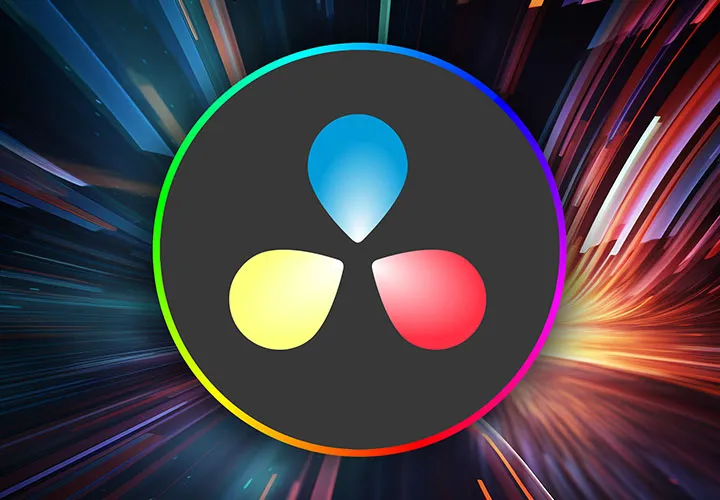
Produce high-quality videos
How it works. What options exist.
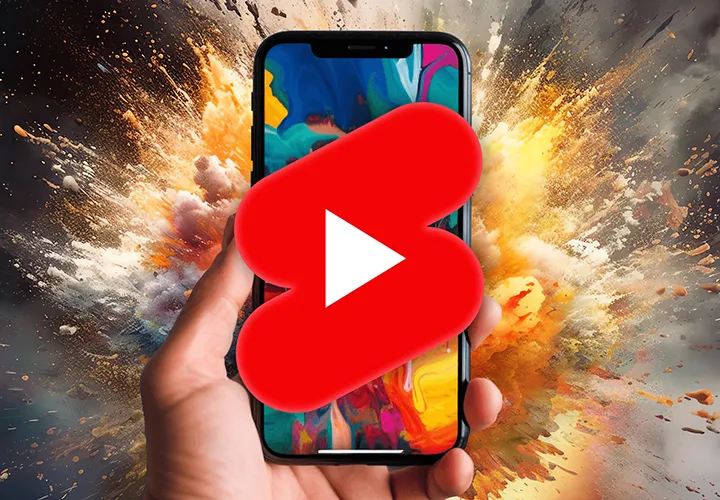
Short videos. Long-lasting success!

Edit films, transitions, animations, and more
Explained step by step

Get an overview!



